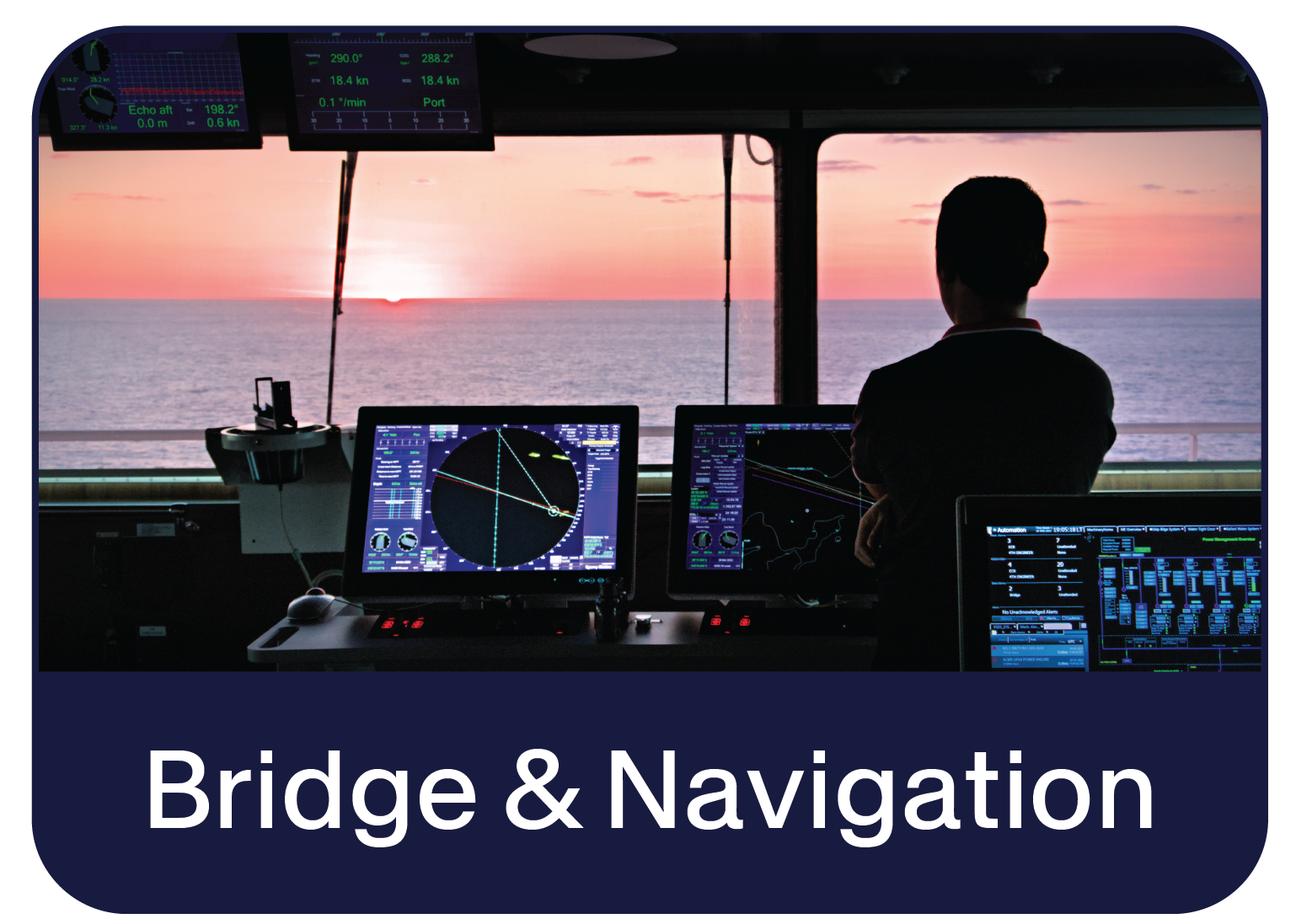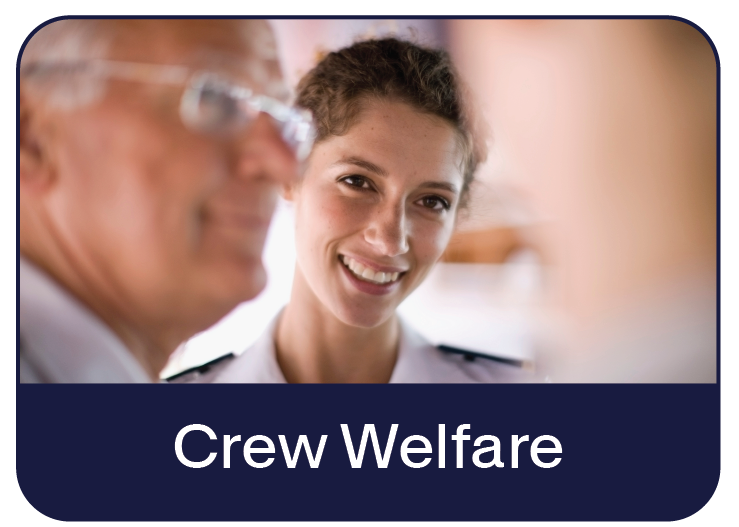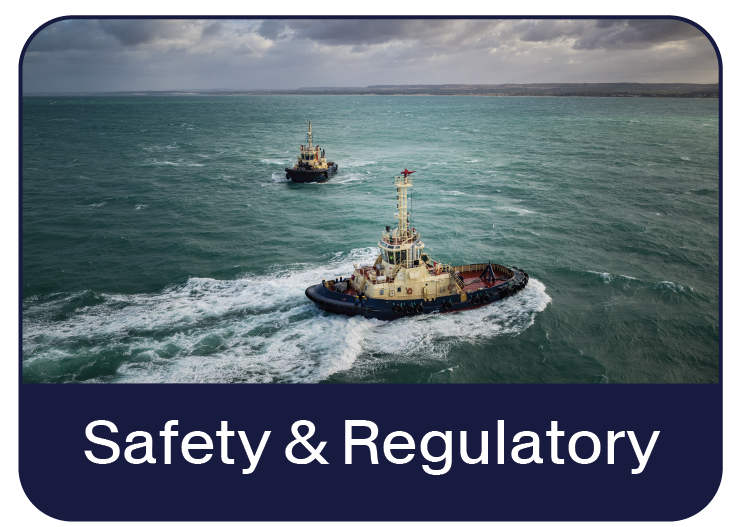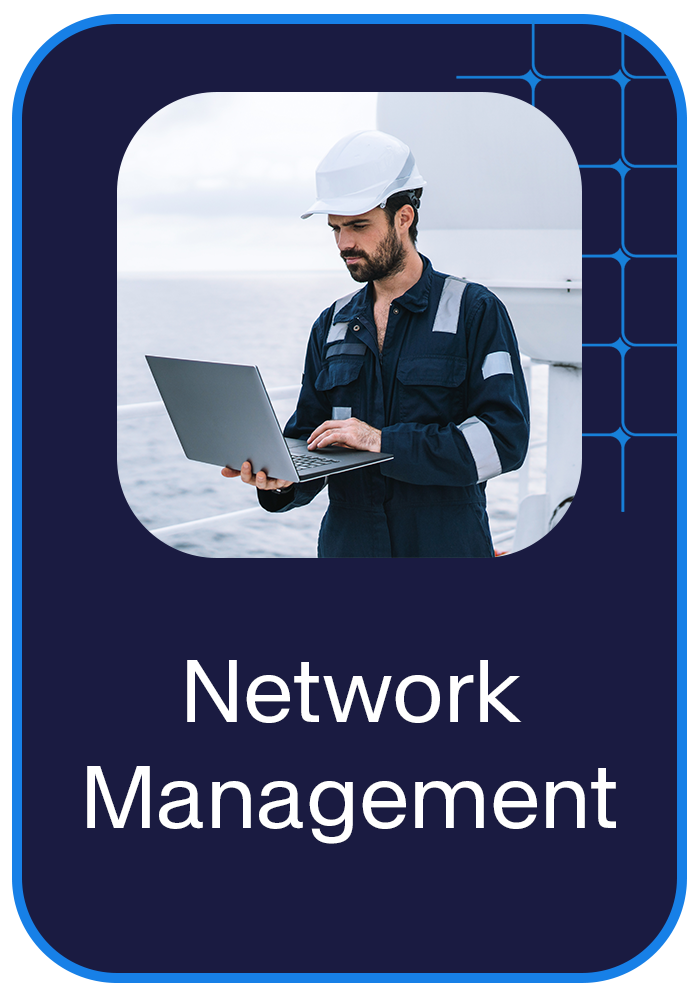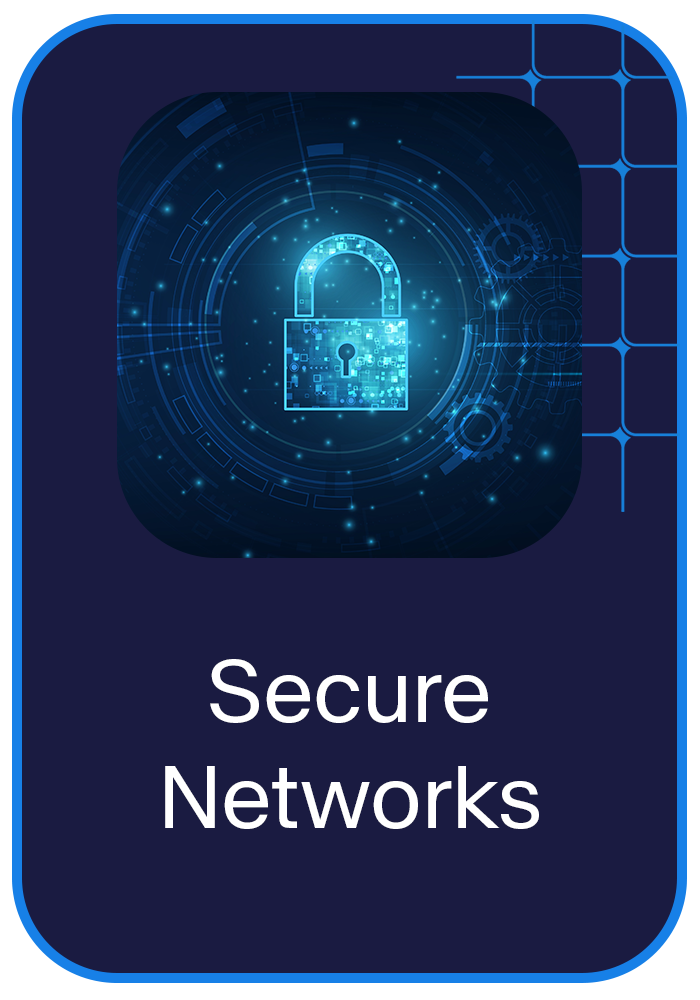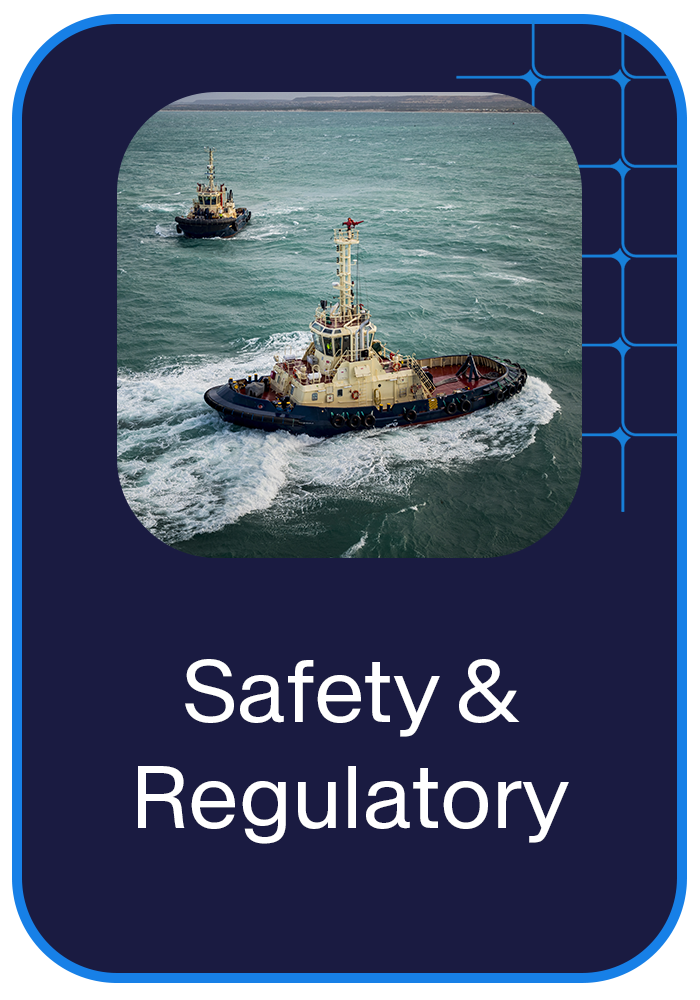Safety & Security
Pulsar Nauticaᵀᴹ
Protecting Every Voyage
When safety at sea is non-negotiable, Pulsar delivers comprehensive maritime safety and security solutions that protect your crew, vessels, and cargo.
Combining cutting-edge technology with proven reliability, our integrated systems are supported by our global network of maritime safety experts, who understand the critical nature of maritime security operations.


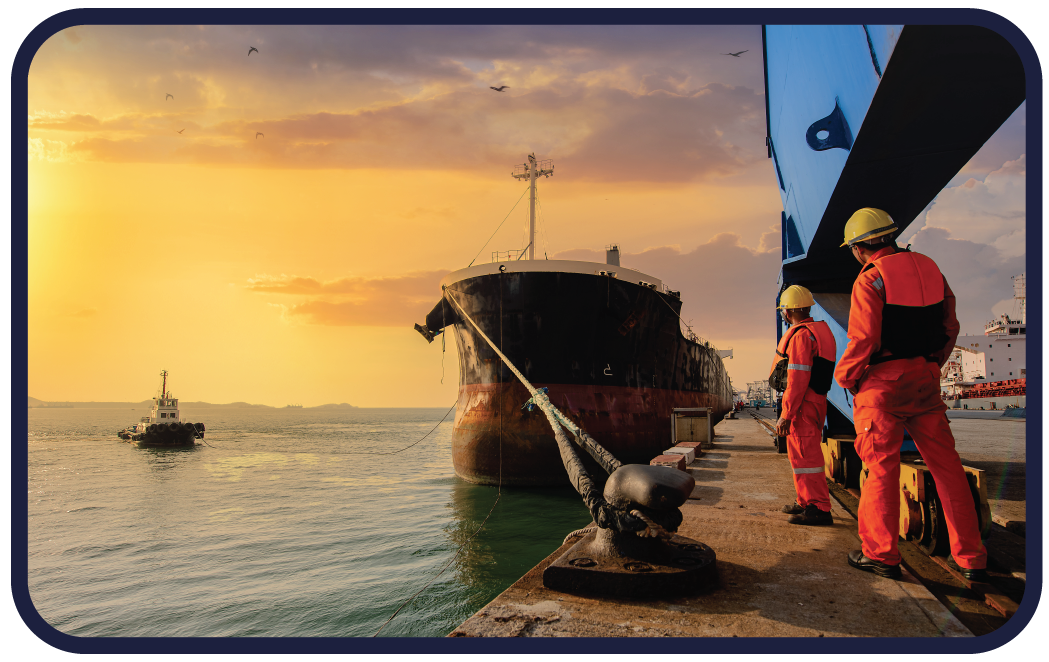

Safety Systems
Total Assurance
Maritime safety and security demands more than equipment—it requires expertise, reliability, and immediate support.
Pulsar's safety service includes:
- Comprehensive safety system audits
- Custom security solution design
- Global installation and support network
- Regular maintenance and testing
- 24/7 emergency response
- Compliance certification and documentation
- Crew training and familiarization




Maritime Risks Are Real
Our Solutions Are Ready
Every minute matters in maritime safety. Our integrated solutions ensure your crew and vessels have the protection they need, when they need it most.
Ready to enhance your fleet's safety and security capabilities? Our maritime safety experts are available 24/7 to develop solutions tailored to your operational requirements.




Products and Services
- ECDIS
- RADAR
- CONNING
- GYROCOMPASS
- REPEATER
- MAGNETIC COMPASS
- SATELLITE COMPASS
- COURSE RECORDER
- AUTOPILOT
- RAI ROT
- SPEEDLOG
- ECHOSOUNDER
- SONARS
- GPS / DGPS
- WIND INDICATORS
Need a lifeline? Your Guide to Safer Sailing
Frequently Asked Questions
What essential safety systems should be installed on commercial vessels?
Commercial vessels require an integrated safety infrastructure that combines active and passive systems. At its core, this includes fire detection and suppression systems, emergency communication equipment, and life-saving appliances (LSA). These must be supported by personal protective equipment, emergency escape breathing devices, and man overboard detection systems. Modern vessels also integrate security surveillance and emergency lighting into their safety framework.
Essential maritime safety systems include:
- Fire detection and suppression systems
- Emergency communication equipment
- Life-saving appliances (LSA)
- Personal protective equipment (PPE)
- Emergency escape breathing devices (EEBD)
- Man overboard detection systems
- Security surveillance systems
- Emergency lighting
All systems must meet SOLAS requirements and be integrated into the vessel's safety management system (SMS) with regular testing and maintenance protocols.
How often should maritime safety equipment be audited?
Maritime safety equipment follows a tiered inspection schedule starting with daily visual checks of critical equipment and weekly system testing. This builds up to more comprehensive monthly safety drills and quarterly maintenance inspections. Annual third-party safety audits provide independent verification, while five-year detailed equipment inspections ensure long-term reliability. Any safety incident triggers an immediate inspection protocol.
A comprehensive audit schedule could look like:
- Daily visual inspections of critical equipment
- Weekly testing of emergency systems
- Monthly comprehensive safety drills
- Quarterly maintenance checks
- Annual third-party safety audits
- Five-year detailed equipment inspections
- Immediate inspection after any safety incident
Documentation of all inspections and tests must be maintained for compliance verification.
What does a comprehensive safety system audit include?
A comprehensive safety audit examines multiple interconnected aspects of vessel safety:
- Equipment condition assessment
- Compliance verification
- Integration evaluation
- Performance testing
- Documentation review
- Crew competency assessment
- Emergency response preparation
- Risk assessment updates
These audits help identify potential safety gaps and ensure all systems meet current regulations.
How does Pulsar support emergency response preparedness?
At it core, Pulsar's approach to emergency preparedness integrates three key components: immediate response capability through 24/7 coordination, proactive preparation through regular crew training and procedure development, and system readiness through continuous equipment verification.
This three-pronged strategy ensures vessels can respond effectively to any maritime emergency.
Pulsar also enhances emergency preparedness through all of the following efforts:
- 24/7 emergency response coordination
- Regular crew safety training
- Emergency procedure development
- Crisis management planning
- Equipment readiness verification
- Communication system testing
- Response time optimization
This comprehensive approach ensures rapid and effective response to maritime emergencies.
How does Pulsar integrate safety systems across a fleet?
Fleet-wide safety integration requires careful orchestration of multiple elements. Standard safety protocols form the foundation, supported by centralized monitoring and unified maintenance schedules. This structure enables coordinated crew training and consistent documentation while streamlining compliance reporting across the entire fleet.
Pulsar's fleet integration approach includes:
- Standardized safety protocols
- Centralized monitoring systems
- Fleet-wide emergency communication
- Unified maintenance scheduling
- Coordinated crew training
- Consistent documentation
- Integrated compliance reporting
This standardization improves fleet safety while reducing operational complexity.
What security solutions are recommended for different vessel types?
Security requirements vary significantly by vessel category. Commercial cargo vessels prioritize access control, surveillance, and cargo tracking. Passenger vessels focus on crowd management through enhanced screening and public area monitoring. Offshore support vessels require specialized solutions for hazardous areas and personnel tracking.
Each solution is tailored to specific operational needs while maintaining core security standards.
What crew training is provided with safety system installations?
Training begins with foundational system operation and emergency response procedures. From there, crews learn maintenance requirements and basic troubleshooting. The program culminates in practical safety drill coordination and compliance documentation. Refresher courses ensure skills remain current and align with evolving regulations.
How does Pulsar ensure compliance with international safety regulations?
Regulatory compliance involves ongoing monitoring of updates and proactive system maintenance. Documentation management and certification tracking provide the backbone for audit preparation. Our specialists continuously verify compliance status while maintaining real-time reporting capabilities for immediate verification of safety standards.
What are the latest innovations in maritime safety technology?
The maritime safety landscape is rapidly evolving through AI-powered threat detection and automated monitoring systems. Contemporary developments include smart PPE integration and predictive maintenance capabilities. These advances work alongside enhanced emergency communications to create more robust safety environments.












